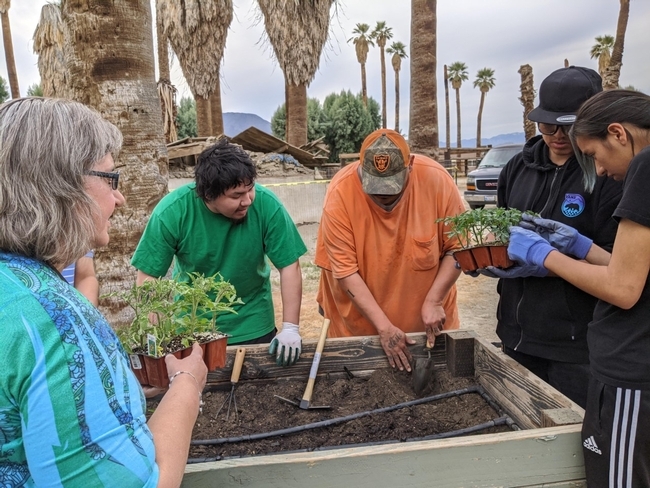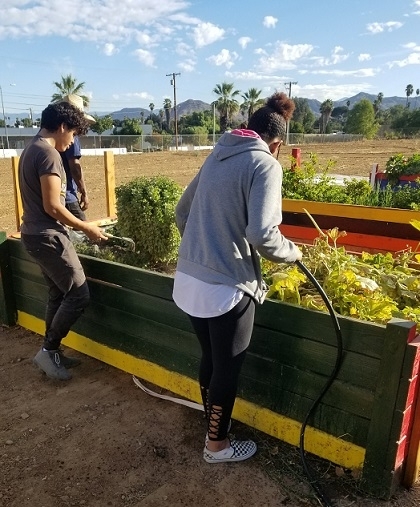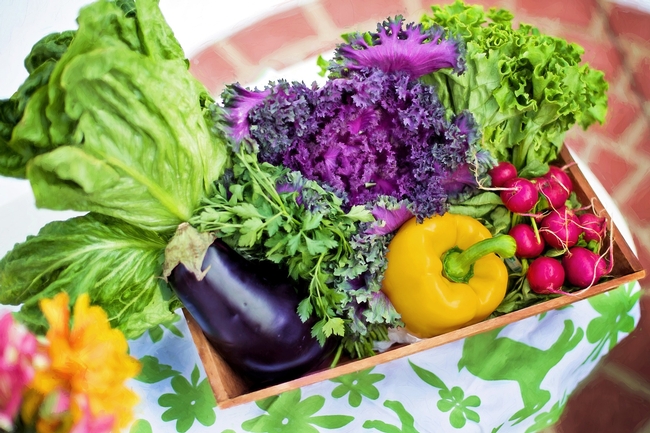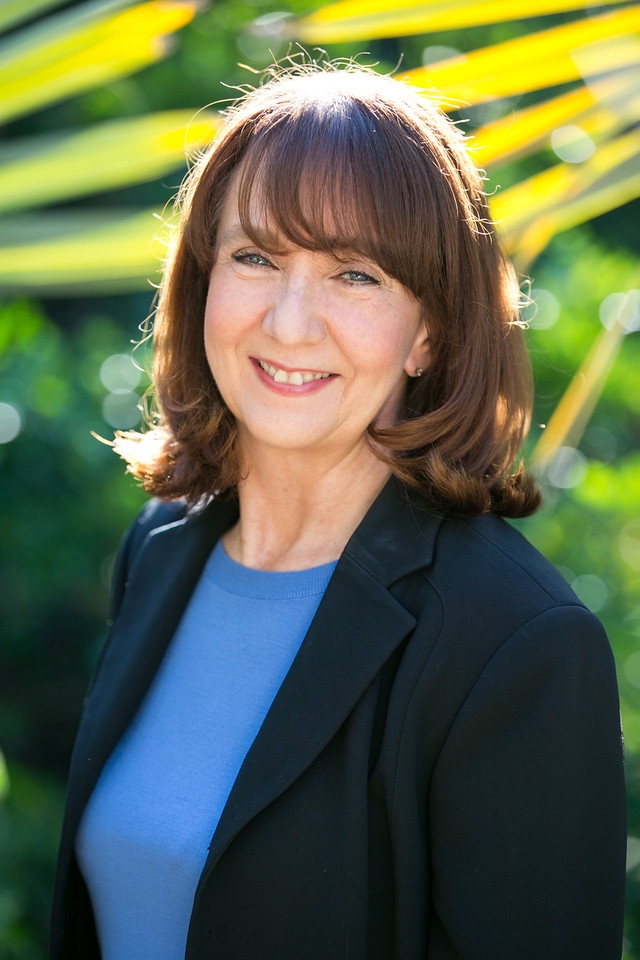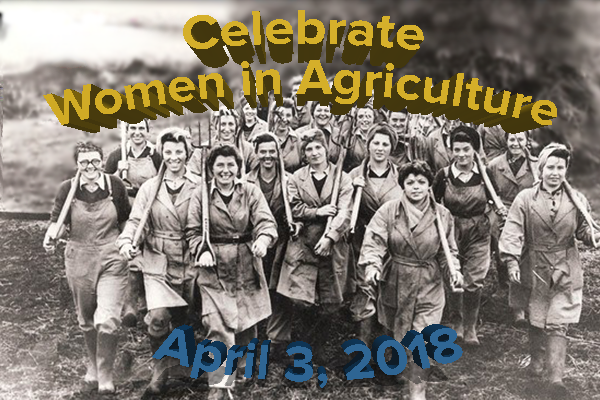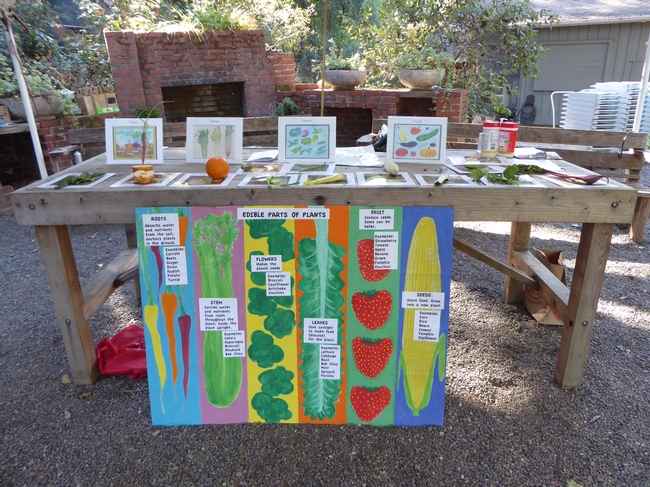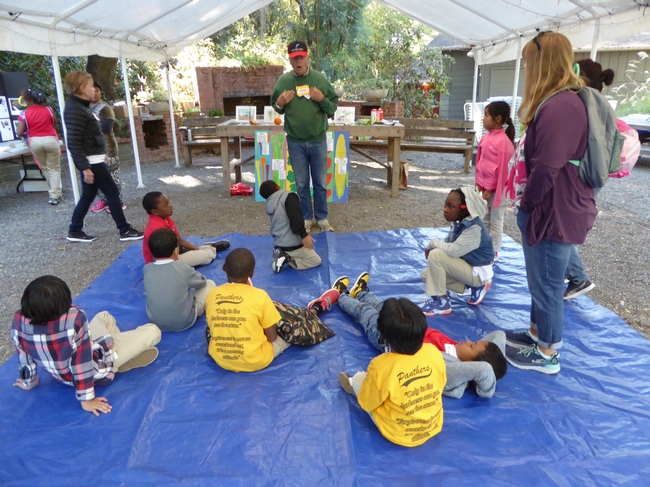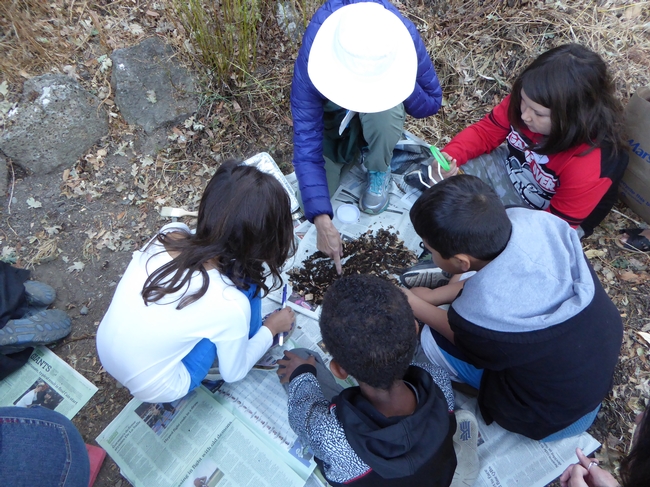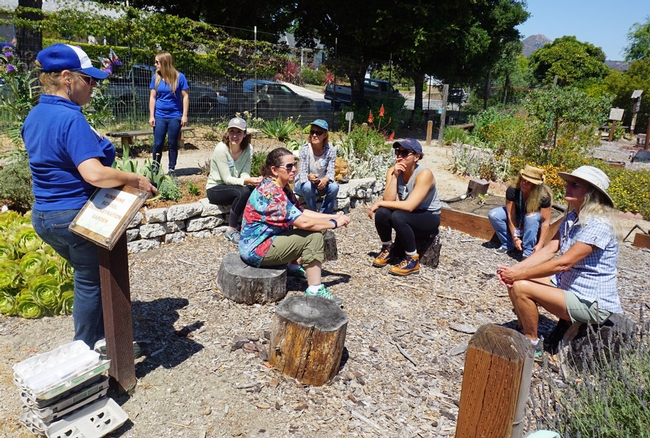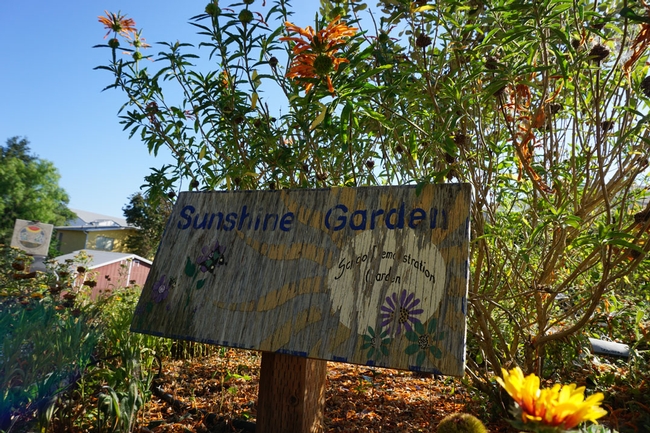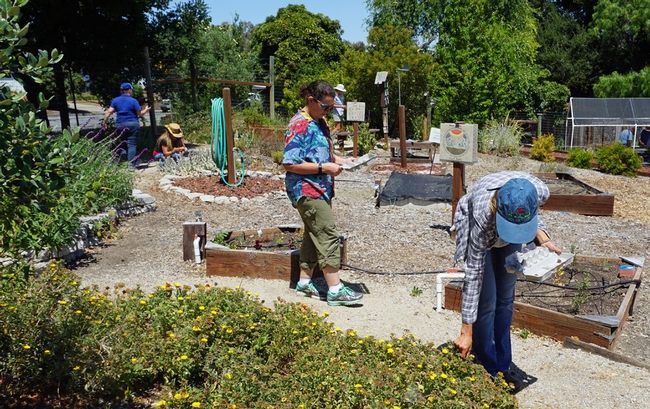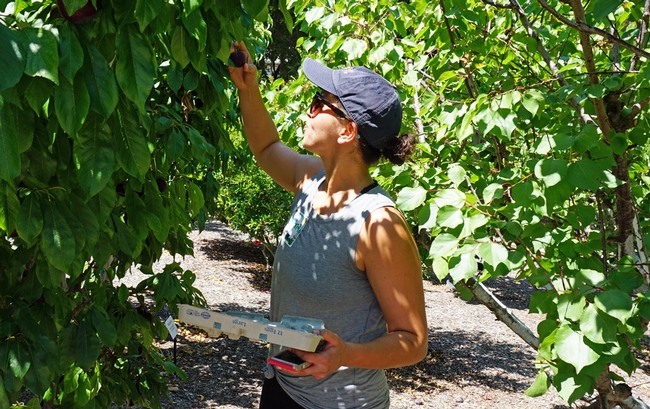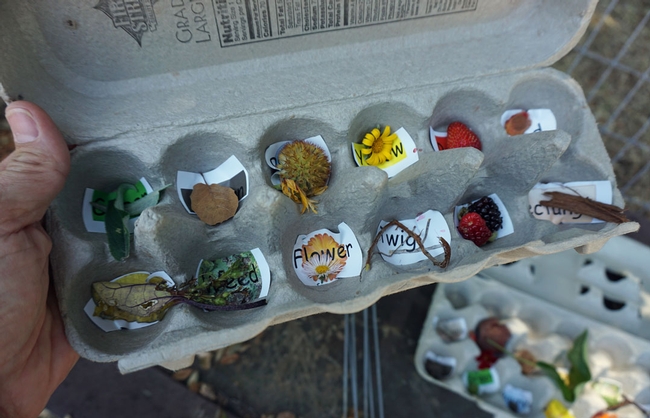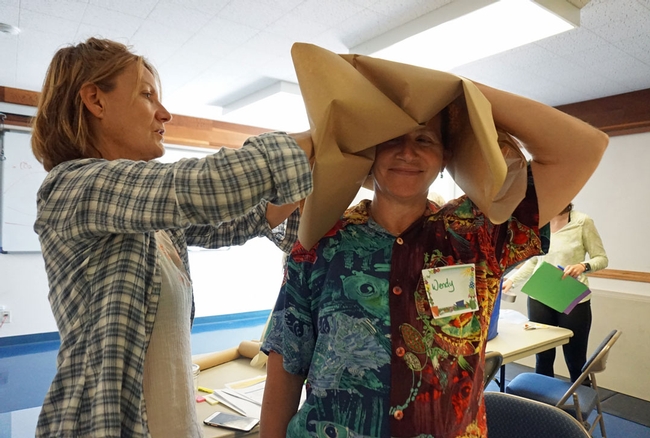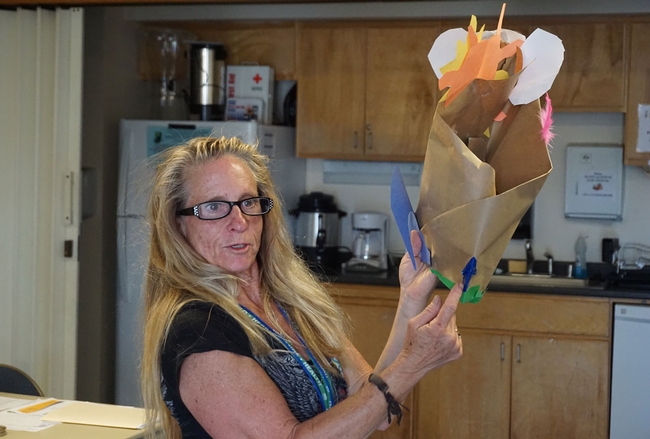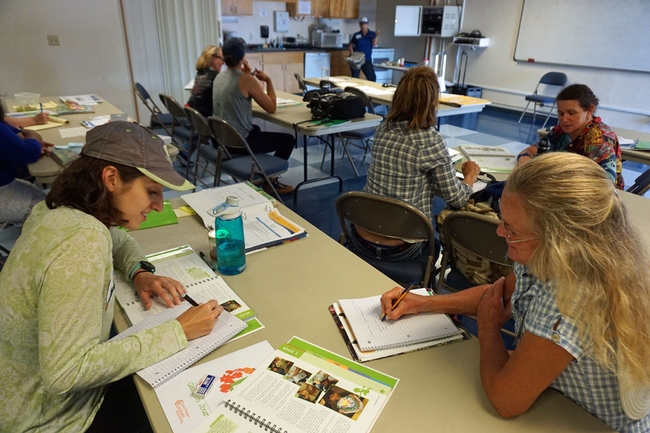Posts Tagged: gardens
UCCE building oasis of health in ethnic urban communities
The CalFresh Healthy Living, UC Program, administered through UC Cooperative Extension (UCCE), works with ethnic communities to transform their environment by implementing a community garden. UCCE created three gardens in partnership with community organizations in an equal number of neighborhoods located in this populous county.
In the first one, adults and minors dug and planted seeds and various vegetable plants in a community garden located in Riverside's popular Latino neighborhood. The vegetable garden has brought people in this low-resource community together to address healthy food access and learn about healthy eating and nutrition.
Gonzalo Rodríguez, an active member of the Community Settlement Association, said, "We planted pepper plants, tomatoes and little seeds. Vegetables are an excellent food for us, and another thing that keeps children off the streets and helps them understand the process while having fun taking care of their plants."
The garden in this thriving Latino community has grown over the years and is now a place for families to get together to celebrate healthy living. Educating food-insecure families of different ethnicity, the importance of having a vegetable garden, and how to grow your own food is a goal of the CalFresh Healthy Living, UC Program, and UCCE in Riverside County.
The second garden is located on what used to be a vacant lot in the Riverside Faith Temple under Pastor Duane Sims' supervision, who spoke about his vision. "I would like to see it a complete food force, a source of food that won't cost anybody anything, and something for people that don't have anything to do, a place to put their hands in the dirt and accomplish something."
These community gardens collaborate with several programs from the University of California Agriculture and Natural Resources and partner with ethnic organizations to combat the poor eating habits that result in obesity, chronic diseases, and sometimes premature death.
"We're trying to get low-income families to eat more vegetables, and the best way to do this is to encourage them to plant their own fruits and vegetables in an orchard, and that's why we're promoting community gardens," said Chutima Ganthavorn, UCCE nutrition specialist in Riverside County.
Adela Torres and her children are involved in the project with the Community Settlement Association in Riverside. "It's beneficial for the children because they are fresh fruits or things that we can have at home," she said.
Ganthavorn reaffirmed the UCCE and CalFresh Healthy Living, UC's commitment to helping ethnic communities live a healthier diet. "We know that many people's diets today are fast food and soft drinks, and they are not consuming fruits and vegetables. We need to eat almost nine portions of fruits and vegetables a day, and most of us aren't getting close to that level. We are trying to encourage the consumption of fruits and vegetables, especially vegetables because they contain many nutrients and many health benefits," she said.
Grow it: Gardening tips and resources
Gardening is fun…and it's an important activity. What we grow in school, home and community gardens can improve our health, and the health of our families and communities. What we grow can increase the resiliency of food systems in our communities. And what we grow, ultimately, can connect us more closely with the earth that sustains us. There are valuable lessons in gardening…too many to list here.
Even if you live in a small apartment, you can grow food. If you have a yard, you can grow quite a lot of food. View the transformation of a front yard in an urban area…from lawn to lush, productive food garden in only 60 days. You'll love the progression photos, and the simple explanation about how the garden came together.
Need more inspiration? Roger Doiron, founder of SeedMoney, talks about his (subversive) garden plot in this remarkable TedX talk. Roger created and led the social media campaign that called for a garden at the White House. This campaign ultimately led First Lady Michelle Obama to plant a vegetable garden at the White House. (And it may have also inspired the People's Garden at the USDA, which broke ground on Abraham Lincoln's birthday 10 years ago. Lincoln referred to the USDA as the “People's Department,” so it makes sense that the USDA would refer to its garden as the “People's Garden.”)
Need practical advice? The UC Master Gardener program has more than 5,000 certified volunteers ready to assist if you live in California. UC has also created a California Garden Web portal that provides a treasure trove of gardening resources for all parts of the state. It's not too early to begin planning your Fall garden, and you'll find information about that, too.
If you're interested in school gardens, read this brief history, written by UC ANR's UC Food Observer.
Happy gardening!
UCCE advisor Rachel Surls receives 2018 Bradford Rominger Agricultural Sustainability Leadership Award
The Agricultural Sustainability Institute at UC Davis has announced that Rachel Surls, UC Cooperative Extension sustainable food systems advisor for Los Angeles County, is this year's recipient of the Eric Bradford and Charlie Rominger Agricultural Sustainability Leadership Award.

The Bradford Rominger award, given yearly, honors individuals who exhibit the leadership, work ethic and integrity epitomized by the late Eric Bradford, a livestock geneticist who gave 50 years of service to UC Davis, and the late Charlie Rominger, a fifth-generation Yolo County farmer and land preservationist.
“In her three decade career with UCCE, Rachel has developed a strong program addressing some of our most critical issues in sustainable agriculture,” says Keith Nathaniel, the Los Angeles County Cooperative Extension director. “She does so with innovative strategies, working with all aspects of the LA community. After 30 years doing this work, she continues to be active in the community she serves.”
In Surls' career, gardening has been a tool to build science literacy for school children, to increase self-sufficiency for communities impacted by economic downturn, and to create small businesses for urban entrepreneurs. As the interest in and support for urban agriculture has grown, she has been in the heart of Los Angeles, ready to respond to the needs of the city's farmers and gardeners.
Her role at Cooperative Extension started as a job to help start school gardens in LA. “I would drive to any school that wanted me and help them dig in the gardens,” Surl said. “I could find teachers who were interested in starting gardens, but I couldn't find principals and administrators to support it.”
Early on, some counseled Surls to find an area of expertise that was more serious than community and school gardens. Despite the criticism, “I just chugged along, doing what I knew was good and what I cared about,” Surl said.
And over time, the value of these programs has become more apparent, and support for them has grown. Surls continued along, working to start community gardens at public housing facilities, and overseeing the Los Angeles County UC Master Gardener program.
In 1997, she stepped into a role as the UC Cooperative Extension county director, ensuring the success of extension efforts for all of Los Angeles County for the next 14 years.
In 2008 came the great recession, and with it an uptick in public interest in home grown food.
“We were getting more and more calls in our office on how to be more self-sufficient,” Surls said. “The economics of the time rattled people, so they were thinking more about how to grow their own food, and how to maybe make some money by selling what they grow. And people needed the support and guidance to do that.”
Surls and her partners are working to meet that need through workshops in California's largest metropolitan areas and a website of resources to help new urban farmers get a leg up on farming in the city. Surls is also a member of the leadership board for the Los Angeles Food Policy Council.
The energy around urban agriculture today is palpable. And a career path that was once not taken seriously now is.
“That has really changed in our institution and culture,” Surl said. “We're hiring people to do this work!”
Persistent and focused, Surls' work is one of the reasons that progress is happening.
Surls will receive the award at the Celebrating Women in Agriculture event in Davis April 3. The event is free and open to the public. Learn more about the event here.
Dig it, Grow it, Eat it: School gardens support learning and healthier food choices
The success of a garden is normally identified by plentiful crops of tomatoes and squash or the beautiful display of vibrant thriving flowers, shrubs or trees. However, a school garden's true success is dependent on the rich experiences and education students receive.
Taking the classroom into the garden
School gardens can play a big part in supporting a child's education outside of the traditional classroom environment; offering hands-on learning experiences in a variety of core curricula. Social sciences, language arts, nutrition and math are just a few of the many subjects that can be easily integrated into the school garden curriculum.
When paired with nutrition education, school gardens can transform food attitudes and habits.
“Gardens containing fruits and vegetables can change attitudes about particular foods; there is a direct link between growing and eating more fruits and vegetables,” said Missy Gable, statewide director for the UC Master Gardener Program. “Programs statewide connect people to local community gardens, or provide school administrators and staff the information needed to get started with their own school, community or home garden.”
“Dig it, Grow it, Eat it”
The UC Master Gardener Program of Marin County hosts an award-winning school gardening program that emphasizes engaging students with the many learning opportunities in nature. The program is a portable field trip for school-age youth called “Dig it, Grow it, Eat it.”
“Dig it, Grow it, Eat it” starts with University-trained UC Master Gardener volunteers training school educators. Once trained, educators use the curriculum to teach students how to grow edible plants from seed to harvest. UC Master Gardener volunteers help deliver the curriculum and provide additional resources. Students learn how plants grow, and receive nutrition lessons to give them a better understanding of the human body's need for healthy food.
The half-day workshop rotates groups of students through six stations providing them with garden enhanced nutrition education, linking health with growing and harvesting foods they like to eat and are good for them. These include:
- Edible Plant Parts
- How Plants Grow
- Plant Seed Science
- Propagation
- Soil Science
The “Dig it, Grow it, Eat it” curriculum is centered on the theme “We love the earth because we care for it. We care for the earth because we love it.” For many children, getting their hands dirty in the garden and discovering the science of growing their own food brings a sense of joy and pride they can carry with them for years to come.
Connect with us
The UC Master Gardener Program extends to the public free UC research-based information about home horticulture and pest management. In exchange for the training and materials received from the University of California, UC Master Gardeners perform volunteer services in a myriad of venues. If you are interested in becoming a certified UC Master Gardener contact your local UC Cooperative Extension office or visit mg.ucanr.edu.
School gardens get new life from UC Cooperative Extension volunteers
When children grow their own fresh fruits and vegetables, they are much more likely to eat healthy food, so for decades California politicians, teachers and nutrition educators have advocated for a garden in every school. However, UC Cooperative Extension experts in Santa Barbara and San Luis Obispo counties found that garden care can dwindle over time.
“Students and their parents ‘age out' of their elementary schools,” said Shannon Klisch, UC CalFresh community education supervisor in San Luis Obispo and Santa Barbara counties. “The turnover in expertise and level of commitment can vary widely, leaving some schools with either weedy, abandoned vegetable patches, or no garden support at all.”
UCCE offers UC CalFresh, federally funded nutrition education for CalFresh recipients (formerly called Food Stamps). UC CalFresh nutrition educators in Santa Barbara and San Luis Obispo counties saw a need to mobilize highly trained community members who could develop, support, sustain and teach from school gardens. UC CalFresh joined with UC's 4-H Youth Development, Master Food Preserver, and Master Gardener programs to launch a pilot project called “UC Garden Nutrition Extenders.”
“We don't have enough staff to work the gardens in every school, so we've started recruiting and training volunteers,” said Lisa Paniagua, school garden sustainability coordinator for the UC Garden Nutrition Extender program in San Luis Obispo and Santa Barbara counties.
“By enlisting passionate volunteers, nutrition educators could significantly multiply the number of students who had access to school gardens, nutrition education, and training in science, technology, engineering, and math (STEM) in the garden,” said Katherine Soule, Ph.D., youth, families, and communities advisor in San Luis Obispo and Santa Barbara counties.
Klisch said UC Garden Nutrition Extenders are local members of their school communities.
“They are often parents, neighbors or staff and they have a personal investment in seeing the youth and the school environment flourish, which makes for a much more sustainable intervention and increases community capacity to sustain a garden program," she said.
Paniagua, Klisch, and Soule created a hybrid training program integrating volunteers and educators from UC CalFresh, UC Master Food Preservers, UC Master Gardeners and 4-H. They selected a 4-H gardening and nutrition curriculum written by researchers at Texas A&M AgriLife Extension, which includes engaging, student-centered, experiential learning while dividing time between the garden and the classroom. The curriculum reinforces goals in Common Core and Next Generation Science Standards, policies that guide public school teaching.
“Teachers will want to know we are familiar with curriculum standards. Applying them adds value to these classes,” Paniagua said.
In July, the third cohort of future UC Garden Nutrition Extender volunteers gathered at UC Cooperative Extension in San Luis Obispo to learn how they can help schools transform their gardens into fruitful learning activity centers for the students.
One member of the new cohort is Jill Marie, a certified Master Gardener in San Luis Obispo County.
“I live by a school and they have garden beds that are not kept up. I want to get involved and get to know the kids,” she said.
The volunteer teachers learn by conducting the indoor and outdoor curriculum activities and food demonstrations over a four-week period. Their first foray into the UCCE Sunshine School Demonstration Garden began with a mindfulness practice.
“Close your eyes, and just listen,” Paniagua instructed. A moment later she asked, “What did you hear?”
To encourage students to take a closer look at the garden, the class was sent out with egg cartons labeled for a 12-item scavenger hunt, and later asked to select one item to discuss. Reporting on topics are part of Common Core standards for students in third- through fifth-grades and creates discussion learning topics around science, math, engineering, art, and even poetry.
Back in the classroom, the trainees began work in pairs on the next lesson, “Know & Show Sombrero.” With paper, tape and a bag of craft supplies – balloons, ribbons, foam stickers and construction paper – the extenders made hats that represent everything a plant needs. One group used a yellow balloon to symbolize the sun, another had water drops raining down from the brim. A third group sprinkled glitter to represent the nutrients in the soil.
“Why are we putting these on a hat?” Paniaqua asked the class. “The exercise is useful for kinesthetic learners. It reinforces what they learn. At the end, we talk about it and develop conversation skills.”
The half-day session ended with a tasting of purple, yellow and orange carrots.
“In your journals, write words to describe the smell, sight, taste and feel of the three colors of carrots,” Paniagua said.
One of the volunteers Christina Lawson, director of nutrition for Coast Unified School District, laughed.
“We tried to serve purple carrots. Pfft. Zip,” she said. “I'm excited about this. If the kids try them before coming to the cafeteria, it would make my life so much easier.”
This project is funded through local grant awards from the National 4-H Council in collaboration with Lockheed Martin, and UC CalFresh Nutrition Education Program, which is a joint agreement among the U.S. Department of Agriculture/Food and Nutrition Service (USDA/FNS), the California Department of Social Services (CDSS) CalFresh branch, and the University of California Cooperative Extension (UCCE).

